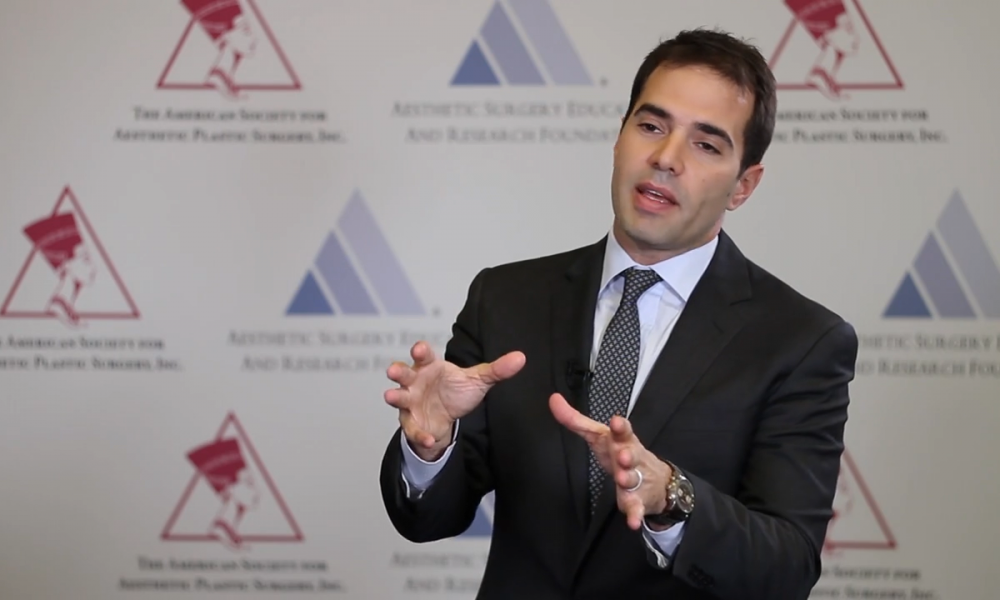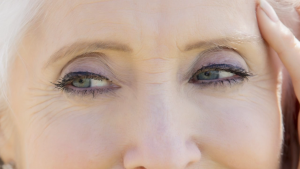
It’s an ongoing theme – fat is more friend than foe. Oren Tepper, MD a board certified plastic surgeon in New York specializing in cosmetic and reconstructive surgery, uses a technique for eyelid surgery that uses fat to take years off your age.
By Oren Tepper, MD
and Beverly Brooks
The Plastic Surgery Channel
“We’re harvesting fat from the abdomen and using it to build volume around the eyes,” says Tepper. “We use it around the brow region to change and enhance the eyebrow arch – ultimately changing the appearance of the upper brow.”
Years ago, the school of thought was to take away fat. “That theory simply doesn’t work because it can lead to a skeleton like appearance, and we want to avoid hallowing of the upper eyelid.”
 What is Eyelid Surgery?
What is Eyelid Surgery?
An eyelid lift, or blepharoplasty, is a surgical procedure to remove skin and to add or remove fat from the eyelids.
Upper blepharoplasty surgery uses incisions on the skin to allow for removal of skin and fat. A thin stitch is then used to bring the skin together to allow for a creation of an eyelid crease.
Lower eyelid surgery can involve skin incisions directly below the lash line or an incision on the inside of the eyelid, called a transconjunctival approach. The transconjunctival approach allows for access to the eyelid fat without visible incisions making this technique perfect for patients who need fat removed or added. This approach can be combined with laser resurfacing of the eyelid to reduce lines and wrinkles.
Fat Transfer – What’s All the Fuss?
As we age the face tends to lose fat, causing hollowing divets. Ideally, we’d like to retain that baby fat appearance on our cheeks. After all — it staves off the appearance of lines and wrinkles!
Transferring small amounts of fat from one area of the body (such as the stomach or buttock) to the face, is a long lasting alternative to that hollowing appearance. Fat can replace injectable material for a natural alternative to plump up facial volume.
This procedure, called autologous fat transfer, can be used to correct areas around the nose, eyes, mouth, and chin, as well as into the lips for a fuller appearance. Adding fat improves a “hollowed” appearance.
“We’re noticing a big shift in plastic surgery in general,” says Tepper. “The end goal is to produce ‘nice’ results, without giving you an overdone plastic surgery look.”
Recovery
These are generally safe procedures done as an outpatient procedure, but you should expect some swelling. “Most of the time, eyelid surgery requires a downtime of about a week.”
With a little makeup the procedures can be well hidden.

 What is Eyelid Surgery?
What is Eyelid Surgery?













Facebook
Twitter
Instagram
YouTube
RSS